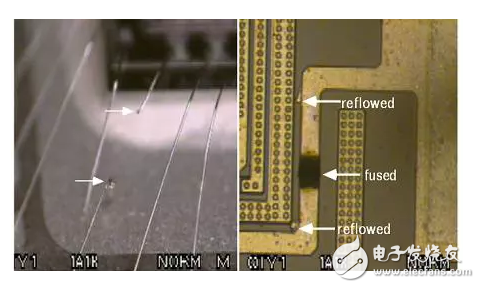
资料下载

Protecting MCU I/O Lines from ESD and Other Transients
Protecting MCU I/O Lines from ESD and Other Transients
要做一些有用的,微控制器(MCU)必须连接到其他设备。这种连接是通过输入/输出(I / O)引脚。更多的时间比不,这些天引脚是多功能的,可以连接到一个A / DS,D /作为,线性函数(如运算放大器和比较器),电压参考,以及更多。因此,对于设计工程师,保护这些I / OS免受潜在破坏性的静态费用和其他类似的威胁是非常重要的。
在为MCU建立适当的保护时,工程师们发现他们多年来依赖的特性突然变得不那么有效,他们被迫重新审视过去的问题。为什么?主要是由于市场压力,以降低其产品的成本,半导体制造商结合了更高水平的整合与工艺几何的持续萎缩,使芯片尺寸更小。因此,实施必要的暂态免疫保护,以防止由于电源和信号线的瞬态故障已变得越来越困难。

When geometries and IC feature sizes were larger, I/O pads had a lot of area for meaty drivers and good protection against ESD-induced damage. In the effort to improve yield, smaller die and pads are used, which, just by their nature, are less able to take a hit to protect a micro. As a rule of thumb, an electrostatic charge will always arc through the shortest possible path, and delicate micro I/O lines lead to more static discharge hits getting through.
This article looks at the different levels of MCU immunity to electrical fast transients (EFT), electrostatic discharge (ESD), and other events of short duration and suggests practical hardware and design techniques that can provide cost-effective ways of protecting microcontroller I/O lines. All parts, data sheets, tutorials, and development systems referenced here can be found online at Digi-Key‘s website.
声明:本文内容及配图由入驻作者撰写或者入驻合作网站授权转载。文章观点仅代表作者本人,不代表电子发烧友网立场。文章及其配图仅供工程师学习之用,如有内容侵权或者其他违规问题,请联系本站处理。 举报投诉
- 相关下载
- 相关文章






